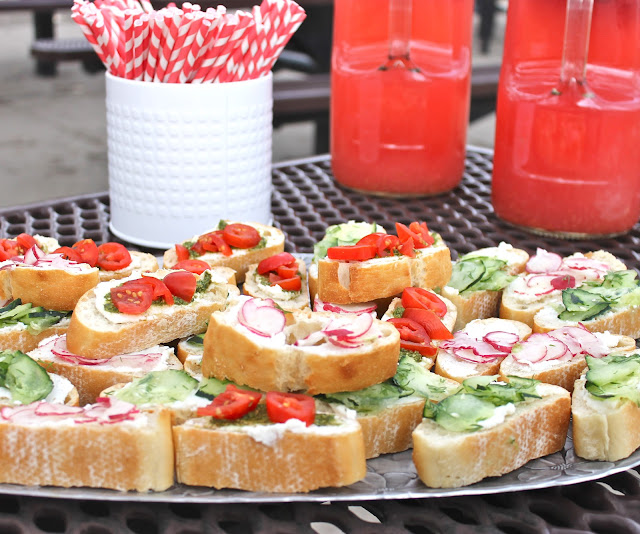gardening season is upon us.
we have broken out the shovels, are routinely turning our compost, and are hammering away at our raised garden beds.
we suspected that the athena women would be doing the same. so in conjunction with lessons on personal growth, we shared our experiences with digging in the earth and watching beauty emerge.
here's how.
starting a garden
1 | prep your soil.
adding compost and tilling garden
prior to planting are ways to ensure good soil
2 | compost.
a) measure a 3x3 square
feet space. A simple pile or contain in a custom bin
b) add alternating
layers of carbon (brown materials-leaves and garden trimmings) nitrogen (green
materials- kitchen scraps, manure) and thin layers of soil. Top off pile with 6
inches of soil pile shouldn't smell. if it does, add carbon materials
(leaves, straw, sawdust)
3 | choose right plants
for zone.
when buying seedlings look for stocky
seedlings with a few blooms and roots that are not over crowded.
4 | plant in wide beds.
plants that will be harvested
(vegetables or cutting flowers) should be grouped tightly to discourage walking
on crop. it also reduces water waste and helps target compost and
nutrients.
5 | water properly.
water in the morning, when it is
cool. this helps to preserve water and avoid diseases that could grow on
crop. substantial, infrequent watering (one inch on water weekly
including rain) 1-2 applications weekly, this encourages deeper rooting.
6 | weed.
no easy way about it, grab a bucket
and get to it!
7 | protect plants from
pests.
use natural remedies like bacillus
thuringiensis, horticultural oils, insecticidal soaps, garlic/hot pepper
sprays.
8 | harvest.
during peak season check produce
daily, use herbs day of pick.
9 | cleanup.
remove sick plants during season,
rake underneath since disease can harbor problems, long term. healthy or
expired plants can be left in place over winter. chop off annuals, then yank out, leaving soil intact, preventing weeds
from gaining foothold.
tips
· put sand under carrots, to make pulling them up easier
· put egg shells under tomatoes, to give more calcium to soil
· tie leaves over cauliflower heads to keep them white
· marigolds and oregano repel insects and deter hornworms.
· rosemary deters beetles
· thyme repels cabbage worms
· chives and garlic deter aphids
· do seed swaps and exchanges to save money, and expand crop
selection
· pick basil in late afternoon, for more intense flavor
· peak leafy greens sporadically, from different plants rather
than just one
· cut produce with knife or scissor
what is it?
art and science of
laying out vegetable garden so that complimentary types of vegetables are
planting in same bed.
rule of thumb
take note of which
family vegetables come from. plant regular families together.
things
to avoid
don't
plant certain veggetables next to each other because they might stunt growth or
growth will yield.
raised garden beds
buy two 1 by 8-inch cedar boards,
which don't rot with age. they come in 8-foot lengths, which is perfect for 4
by 4-foot beds. cut each plank in half, so that it is 4-feet long. or have the
store make the cuts. many places will do it for free.
also
buy a 3-foot length of a 1 by 1-inch pine stake; cut it into four pieces and
use them to nail the cedar boards to at corners for bracing. that's all! each box
costs less than $10 to make.
remember, gardens to not have to be intimidating. it is just another space to show your creativity, your love, and your growth.
remember, gardens to not have to be intimidating. it is just another space to show your creativity, your love, and your growth.













































